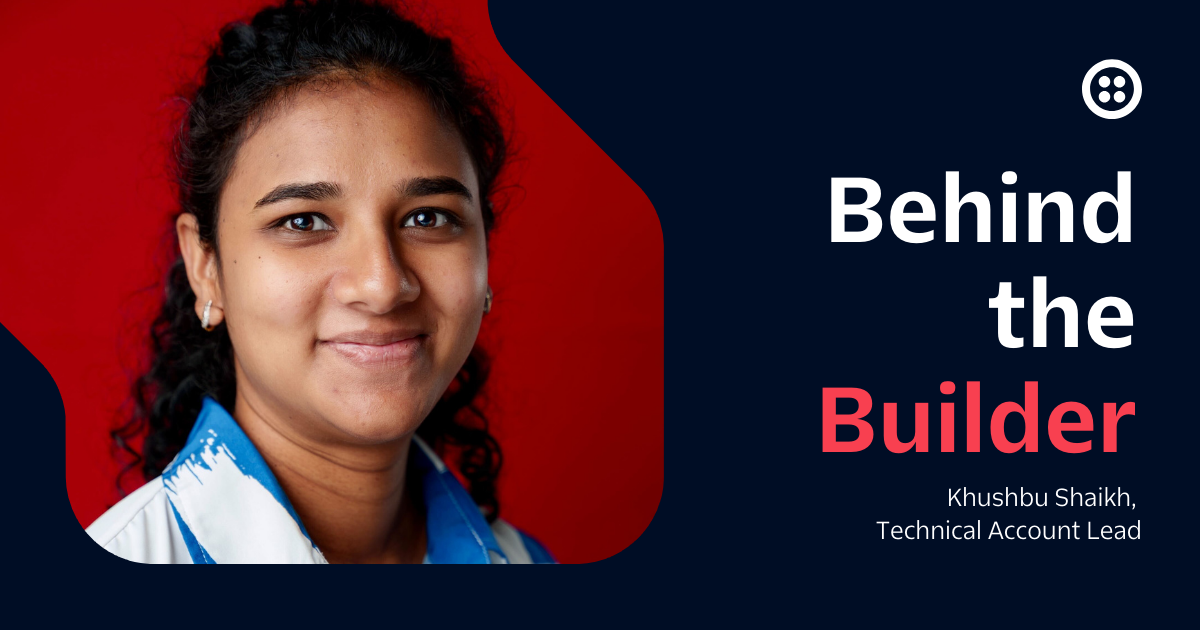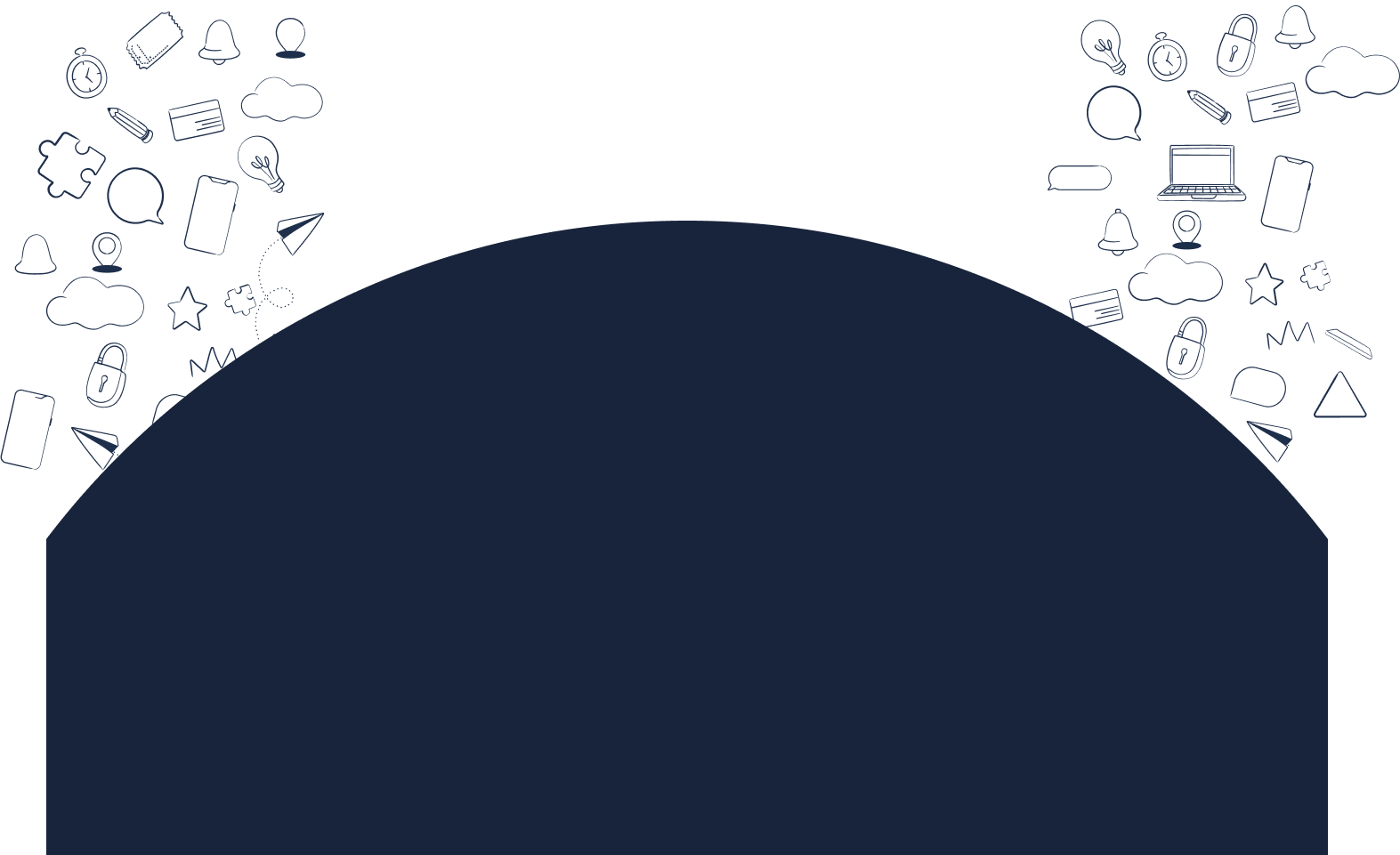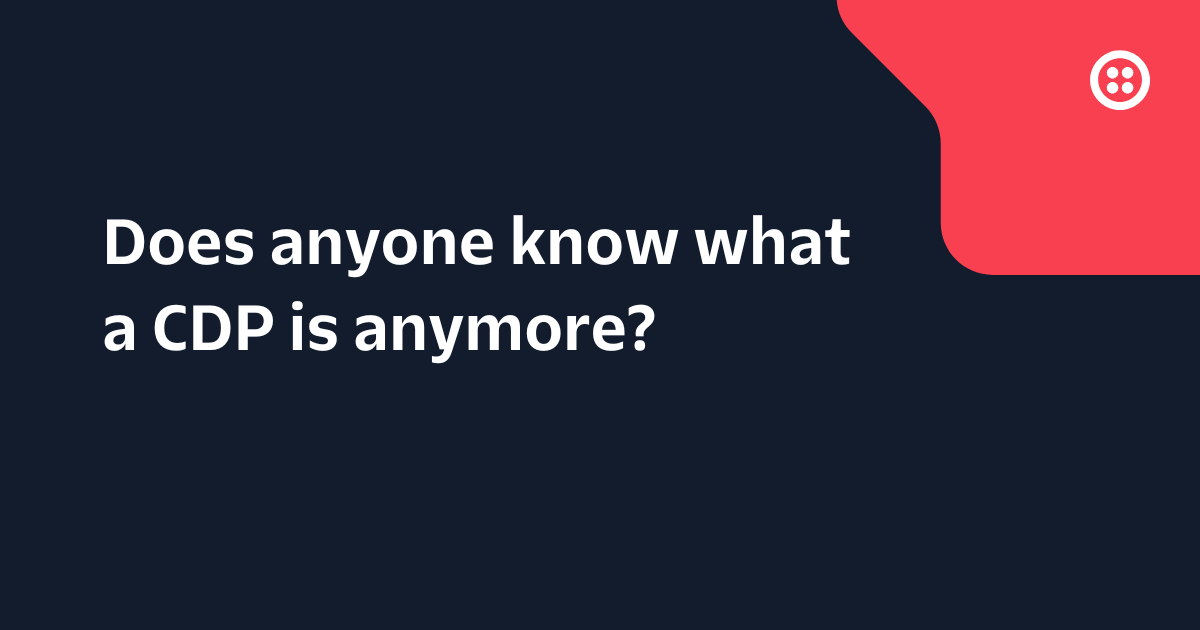The Twilio Content Template Builder is Now Generally Available
Time to read: 4 minutes
We are excited to announce the general availability of the Twilio Content Template Builder, formerly known as the Content API and Content Editor. The Content Template Builder enables you to create and manage rich messaging templates and utilize them across all supported messaging channels, including SMS, WhatsApp, and Facebook Messenger. Send engaging rich messages to users no matter where you reach them with the Content Template Builder.
What is the Content Template Builder?
Twilio’s Content Template Builder enables you to create and manage rich messaging templates for omnichannel messaging, either through the Content API or an easy-to-use UI. With the Content Template Builder, you can:
- Reach users across messaging channels, meeting customer communication preferences.
- Incorporate rich messaging features, which are visual or interactive elements including Buttons and Lists, to make messages more visually engaging and encourage customers to interact by making it simple for them to take a specific action.
- Specify simple-text fallback options for rich messages, letting Twilio automatically deliver the richest content supported by the channel.
- Simplify the process of supporting new messaging channels by translating your existing message templates across channels.
- Save development teams time, as they can create a message template once and utilize it across channels, with the Content Template Builder normalizing for differences in rich messaging features between channels.
- Enable your non-technical teams to create message templates themselves with the Content Template Builder UI.
- Ensure compliance with WhatsApp template requirements and other channels’ specific policies.

Businesses like paradox.ai are using the Content Template Builder to engage customers on the channel they prefer and manage their WhatsApp templates. With the Content Template Builder, paradox.ai has enabled their clients to reach consumers on their preferred channel, WhatsApp, and save clients time managing their WhatsApp templates.
What’s New with the Content Template Builder
As part of the general availability of the Content Template Builder, we’ve included additional features to expand its capabilities and make it easy to use alongside other Twilio solutions.
Build with Twilio Studio
The Content Template Builder now works with Twilio Studio. Use content templates as part of a Studio flow to reply with rich messages such as quick replies, calls to action, or lists. You can also now take in rich message metadata from an inbound message, such as a selection in a quick reply or List message, and use the user’s selection to determine the next step in the flow. Previously, this was only possible using a custom function or REST API widget to use content templates. Now, you can specify content template SIDs and variables natively within Studio to take advantage of Twilio's rich messaging features.
Schedule Content Templates to be sent in the future
With Message Scheduling, you can now schedule Content Template messages to be sent at a designated time. Schedule your SMS, MMS, and WhatsApp messages in advance to be delivered at the time you choose.
If you create a rich message on WhatsApp, such as a media template with buttons, you can automatically specify a simple text fallback option that works on SMS.
Integration with other Twilio solutions
The Content Template Builder now works in partnership with several additional Twilio solutions. Use the Content Template Builder with Twilio Conversations to send rich content messages in two-way conversations, such as customer support or commerce conversations. It also now integrates with Twilio Engage so you can send rich content with WhatsApp in Engage.
Support for new WhatsApp authentication templates
WhatsApp has recently released new requirements for authentication message templates, where they must include one-tap autofill or copy code buttons as part of the message template. The Content Template Builder now supports these new authentication templates to help users create compliant message templates.
Specify content fallback options to deliver across channels
Content Template Builder lets you specify a content fallback option for channels that only support text and media, like SMS and MMS. This means you can create a template once and send it across channels with different rich content capabilities. The Content Template Builder will render the richest version of content created possible for the channel that the template is delivered on.
For example, when sending a single content template, you can ensure users on WhatsApp get an authentication message with "copy code" functionality, while users on SMS receive a text-only version of the same message.
Currently, Twilio only supports specifying content fallback options using the Content API.
Coming Soon in 2023:
All existing WhatsApp templates will be available in the Content Template Builder
In the near future, all of your existing WhatsApp templates will be available in the Content Template Builder, enabling you to manage, edit, or delete these templates within the Template Builder. See and manage all of your WhatsApp templates in one place.
SDK Support
We will soon add SDK support for additional endpoints in the Content Template Builder, including the creation of new templates and the submission of templates for approval by WhatsApp to allow developers to build and submit their templates for approval in their preferred language.
Get Started with the Twilio Content Template Builder
Start building engaging rich message templates with the Content Template Builder today. Check out the Template Builder docs to learn more.
Related Posts
Related Resources
Twilio Docs
From APIs to SDKs to sample apps
API reference documentation, SDKs, helper libraries, quickstarts, and tutorials for your language and platform.
Resource Center
The latest ebooks, industry reports, and webinars
Learn from customer engagement experts to improve your own communication.
Ahoy
Twilio's developer community hub
Best practices, code samples, and inspiration to build communications and digital engagement experiences.


